What Is Dormant Oil: Information About Dormant Oil Sprays On Fruit Trees
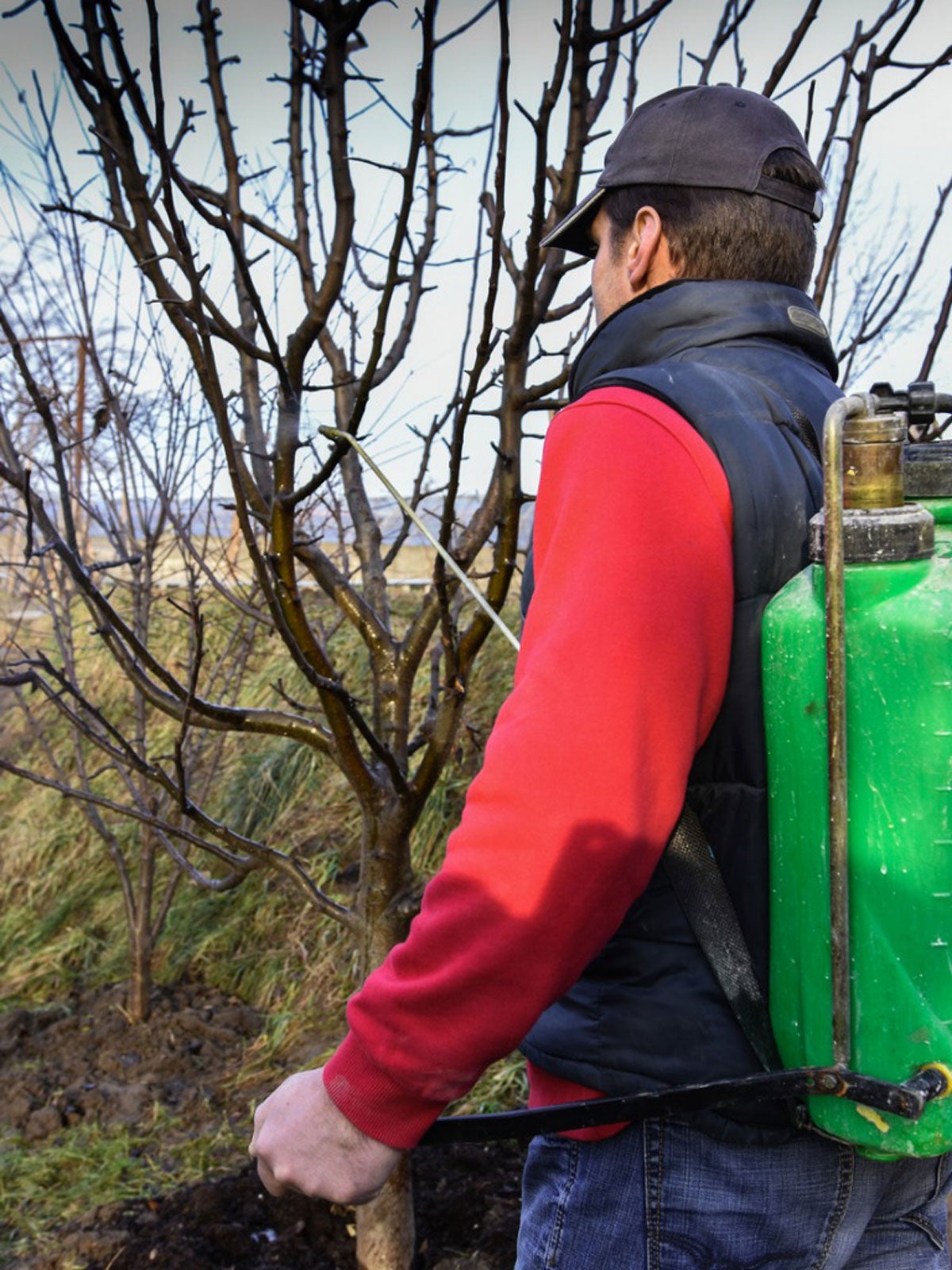
In late winter, your fruit trees may be dormant but your chores in the yard aren't. Late winter and early spring, when the temperatures are barely above freezing, is the time to apply the best preventative for scale and mites: dormant oil. Dormant oil sprays are used on fruit trees before the buds begin to swell and suffocate insects and their eggs nesting in branches.
Using dormant oil on fruit trees doesn't completely eliminate the problem with these pests, but it is the best way to cut off most of the population, leaving a simpler problem later in the season.
Spraying of Dormant Oils
What is dormant oil? It's an oil based product, typically petroleum but can also be vegetable oil based, especially designed for use on fruit trees. This oil has had surfactants mixed in to enable it to be mixed with water.
Once the oil solution is sprayed on all the branches of a fruit tree or bush, it penetrates into the surface of the insect's hard outer shell and suffocates it by not allowing any oxygen to get through.
Apples, crabapples, plums, quince, and pears all benefit from dormant oil, as do gooseberry and currant bushes. Other fruit-bearing trees and bushes don't have any need for spraying of dormant oils, as they don't often harbor the same pests, but it won't hurt to do so if desired.
How and When to Use Dormant Oil on Fruit Trees
To determine when to use dormant oil, look to your own weather. The date changes every year, but the conditions must be the same. Spray early enough so that the buds on the trees haven't yet begun to swell.
Wait until the daily temperature is at least 40 degrees F. (4 C.), and will stay that way for at least 24 hours. Finally, choose a 24-hour period when no rain or high winds are predicted. Cover any annual flowers you may have near the tree when using dormant oil.
Gardening tips, videos, info and more delivered right to your inbox!
Sign up for the Gardening Know How newsletter today and receive a free copy of our e-book "How to Grow Delicious Tomatoes".
While the weather is generally too cold yet for annual transplanting, if you are hardening off marigolds, snapdragons, and other flowers, remove them from the area, as dormant oil will kill them off with no chance of revival.
Fill your sprayer with the oil solution and slowly cover the tree, beginning with the topmost branches. Move all around the tree to get the spray into all the crevices.
-
 Looking For Plants To Give You The Soft And Fuzzies? Try These 5 Fuzzy Leaf Plant Options
Looking For Plants To Give You The Soft And Fuzzies? Try These 5 Fuzzy Leaf Plant OptionsLovers of texture, drama, silver foliage and tactile plants will adore these special sensory garden additions. These fuzzy leaf plant options will leave you all aglow
By Susan Albert
-
 Get Ready For A Summer Of Hummers! Grow These Full Sun Hummingbird Plants and Flowers
Get Ready For A Summer Of Hummers! Grow These Full Sun Hummingbird Plants and FlowersIf you’re lucky enough to enjoy a sunny backyard, make sure you are maxing out on your pollinator opportunities and grow these full sun hummingbird plants and flowers
By Tonya Barnett
-
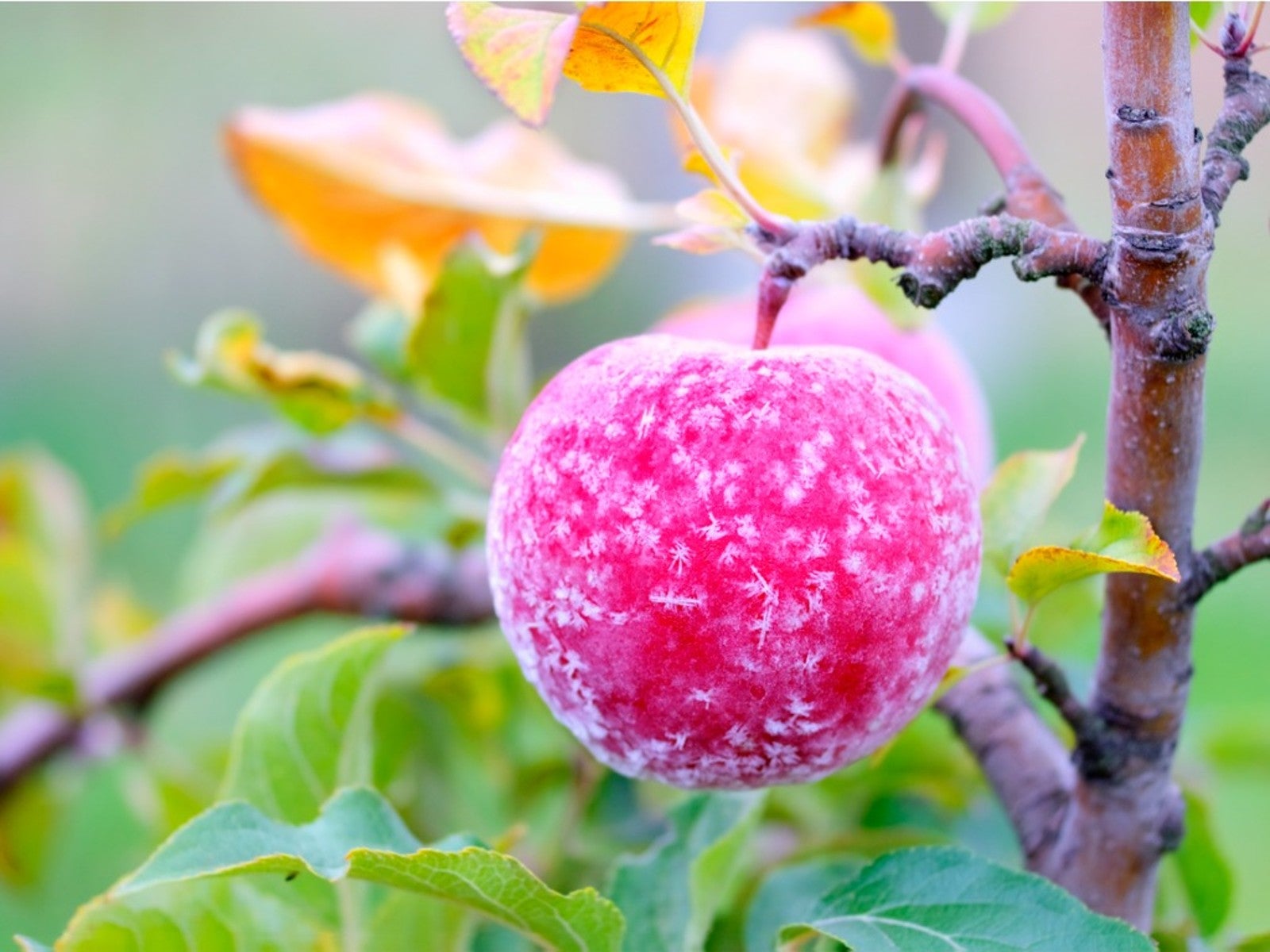 How To Protect Fruit Trees From Frost And Freeze
How To Protect Fruit Trees From Frost And FreezeChoosing fruit trees appropriate for your growing zone is best, but you still may need to protect them from extreme cold. Read how.
By Bonnie L. Grant
-
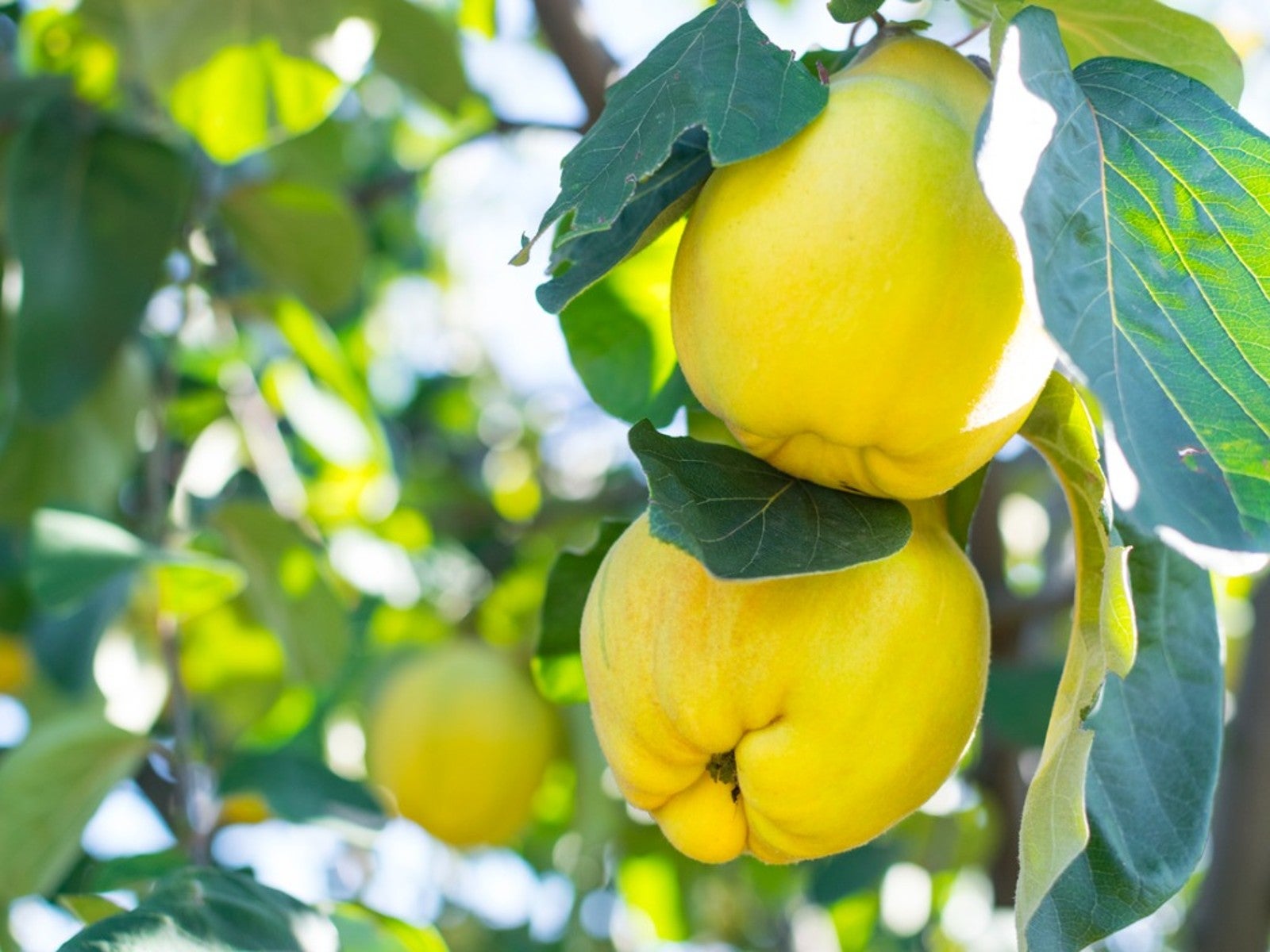 Best Plants For Late Summer and Fall Fruit Harvest
Best Plants For Late Summer and Fall Fruit HarvestEven if you don’t have the optimal conditions for more common fruit trees, there are other end of summer fruits to enjoy.
By Teo Spengler
-
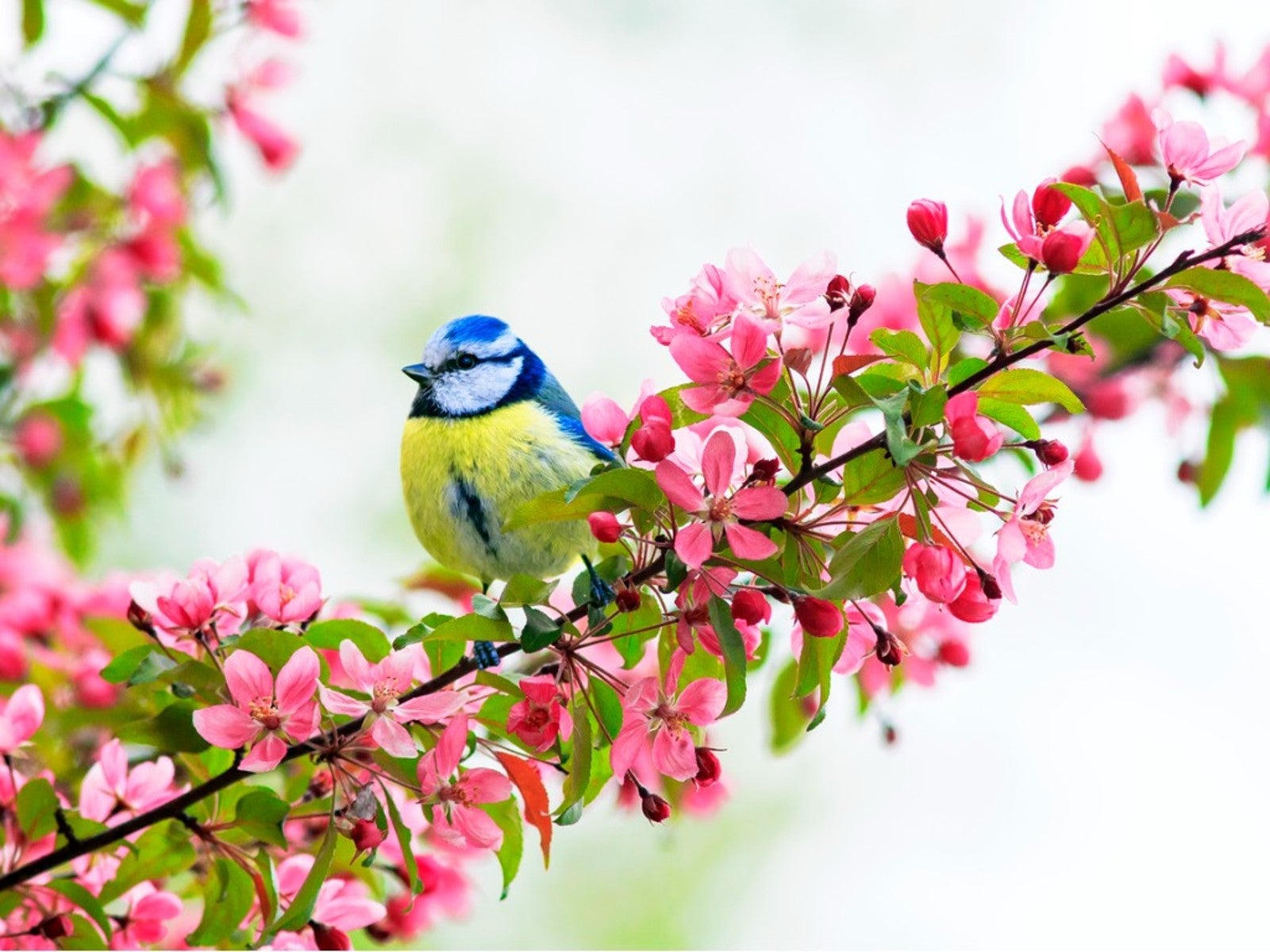 Best Native Fruit Trees To Support Wildlife
Best Native Fruit Trees To Support WildlifeIf you want trees that will attract and feed wildlife, learn the best kinds of edible fruit and nut trees to plant for inviting specific creatures.
By Teo Spengler
-
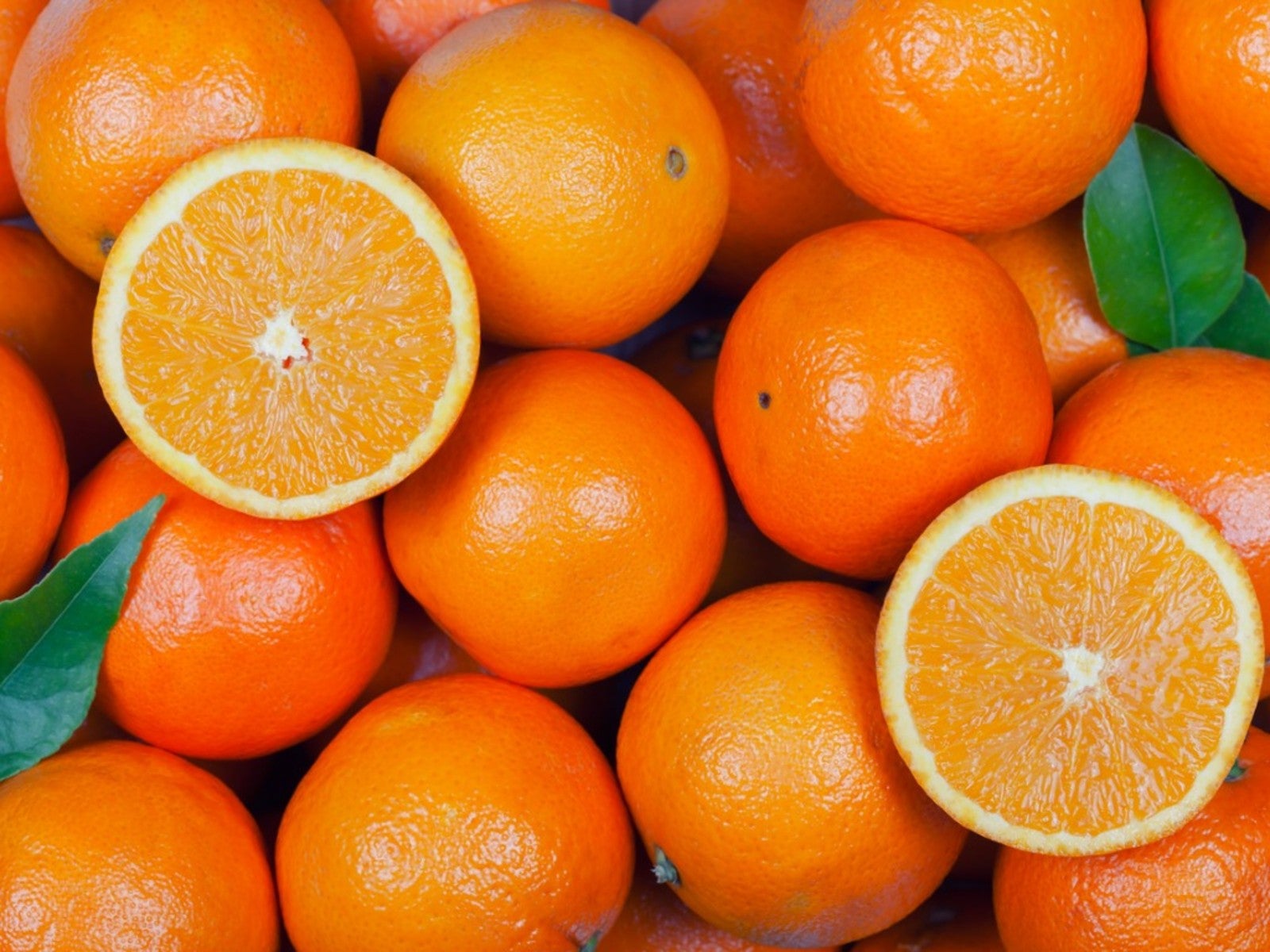 Orange Fruit Varieties: Growing Fruits That Are Orange
Orange Fruit Varieties: Growing Fruits That Are OrangeOrange colored fruit isn’t limited to the citrus orange. There are plenty of other orange colored fruit varieties, each packing a healthful punch. Read on for more.
By Amy Grant
-
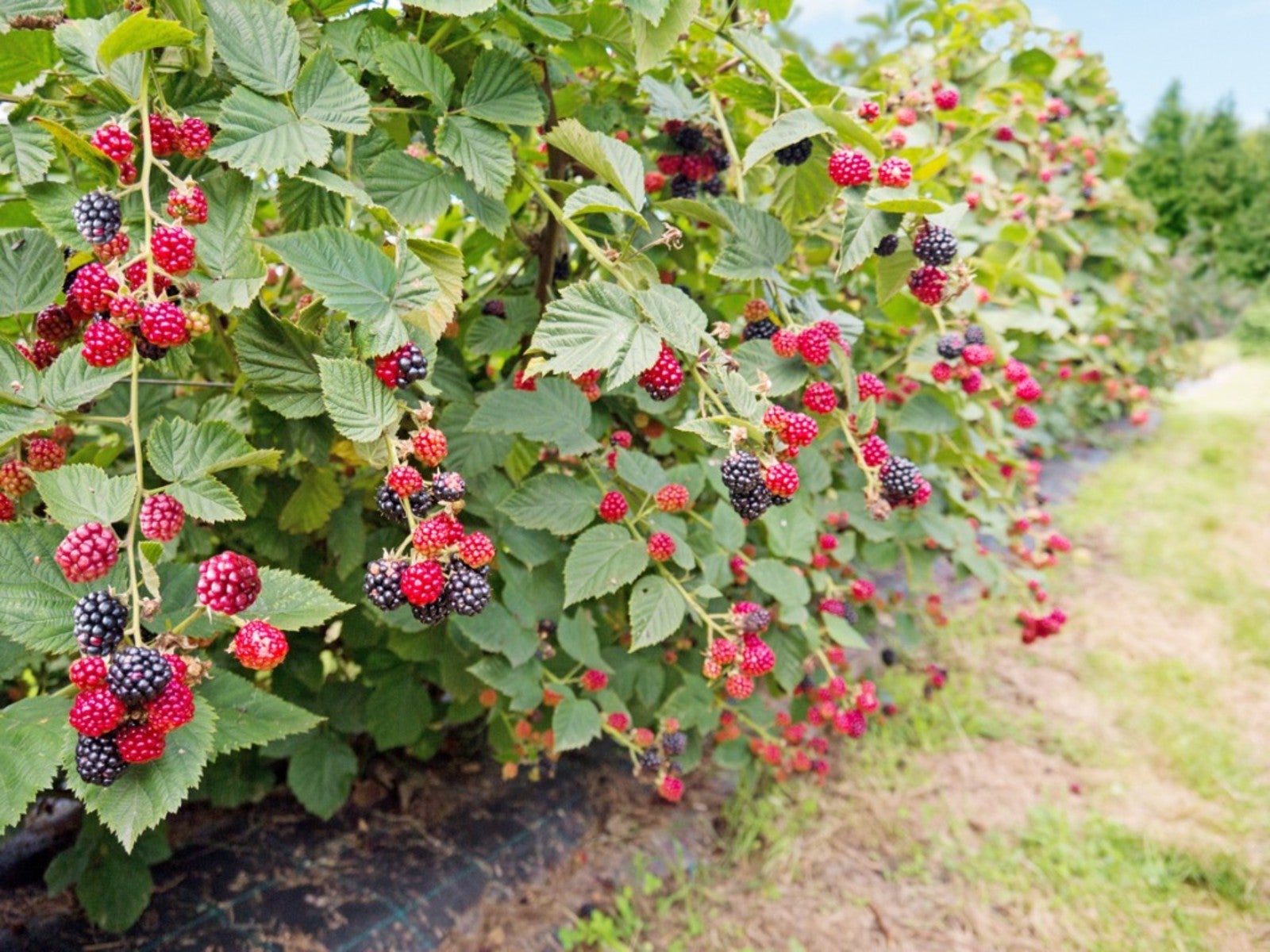 Everbearing Plants: Learn About Everbearing Varieties Of Fruit
Everbearing Plants: Learn About Everbearing Varieties Of FruitWhat does everbearing mean? And more importantly, how do everbearing varieties differ from non-everbearing types? Read on for more.
By Laura Miller
-
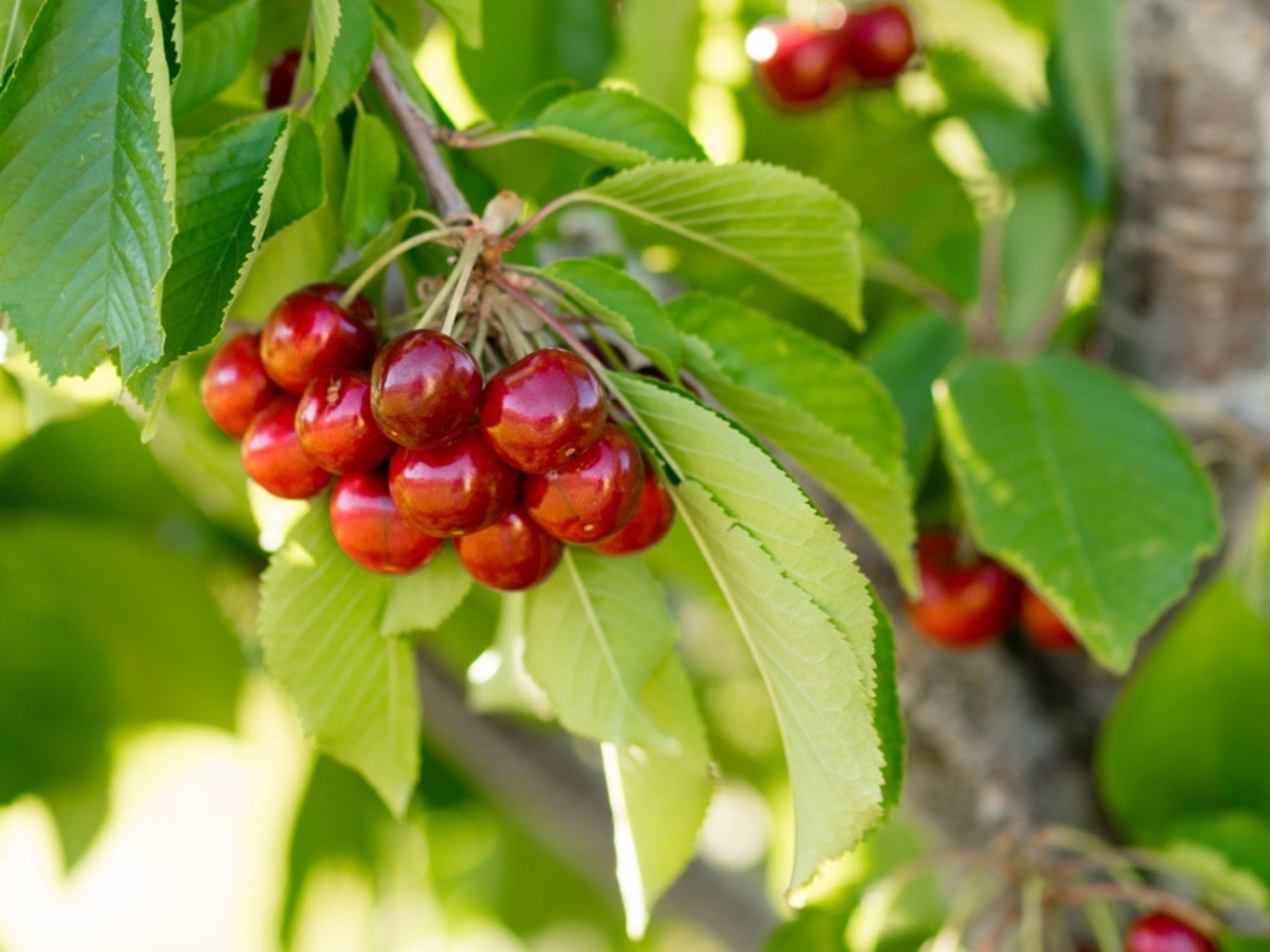 Plant A Red Fruit Garden: Growing Fruits With Red Flesh
Plant A Red Fruit Garden: Growing Fruits With Red FleshPlanting a red fruit garden may seem a bit whimsical. That is, until you realize the health benefits of consuming fruits with red flesh.
By Laura Miller
-
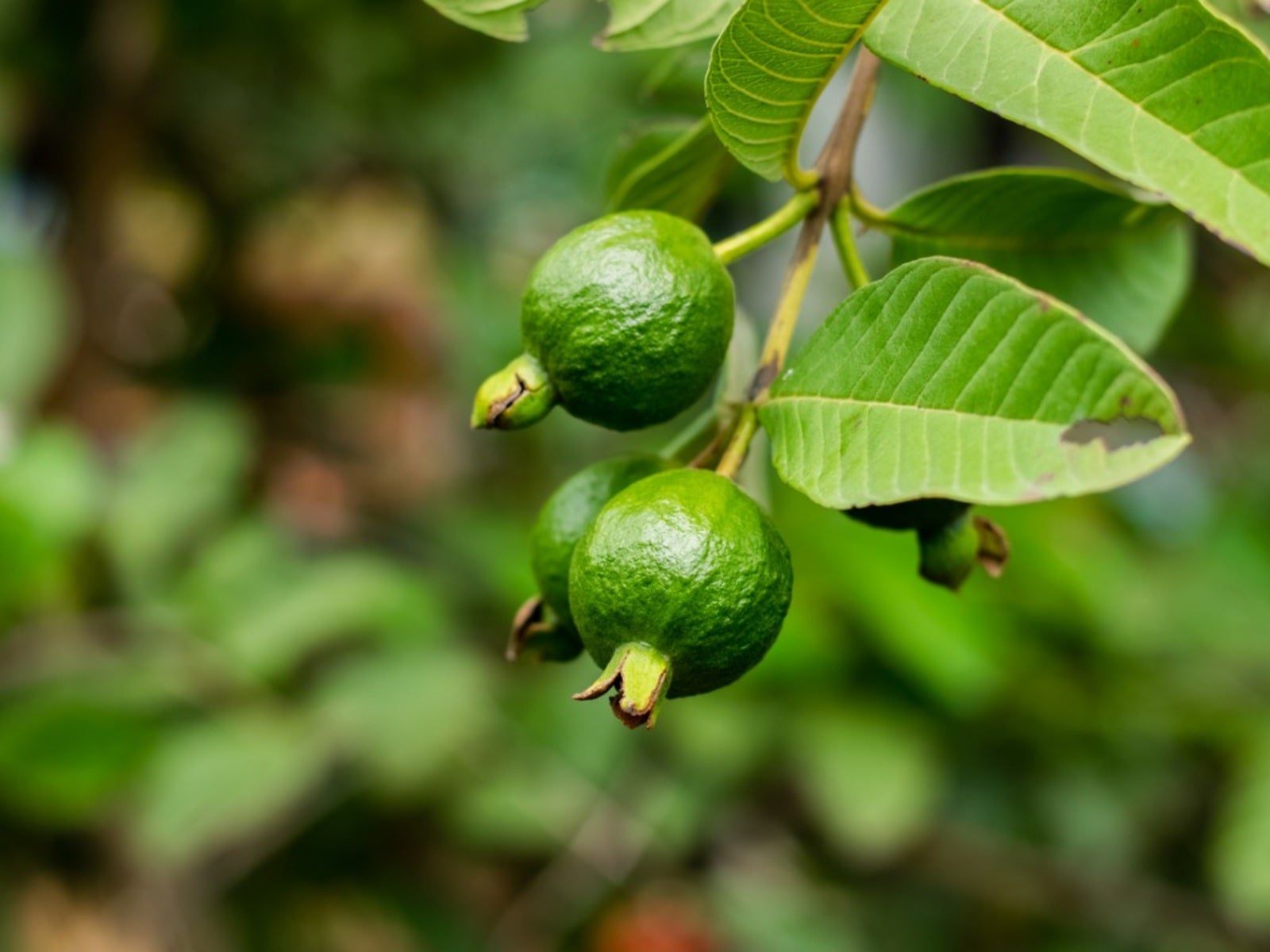 Heat Tolerant Fruits - Growing Fruit In Hot Weather
Heat Tolerant Fruits - Growing Fruit In Hot WeatherSome fruit grows in extreme heat naturally. But there are also specially cultivated, heat-tolerant varieties. For more information on heat tolerant fruits, read on.
By Teo Spengler
-
 Yellow Fruit Varieties - Growing Fruit That Is Yellow
Yellow Fruit Varieties - Growing Fruit That Is YellowWhat fruit is yellow? There's more than the bananas at the supermarket. Try growing yellow fruit for a consistent supply of sunny food.
By Bonnie L. Grant